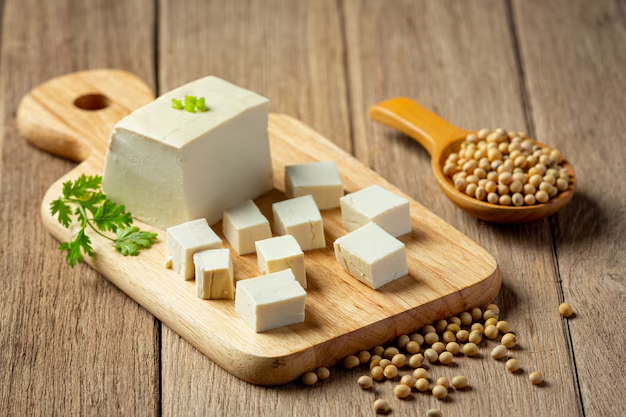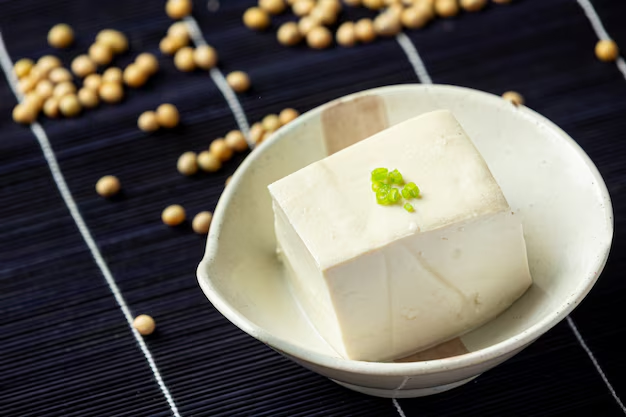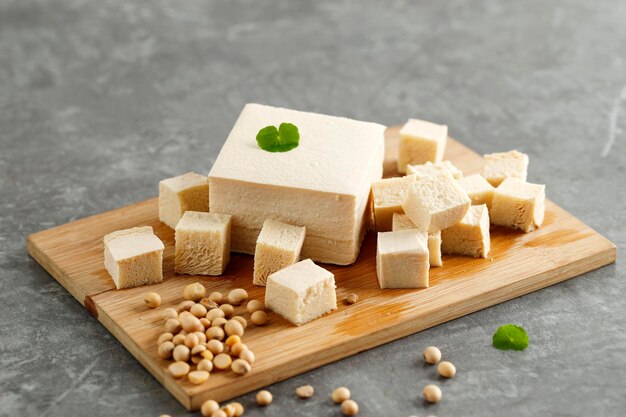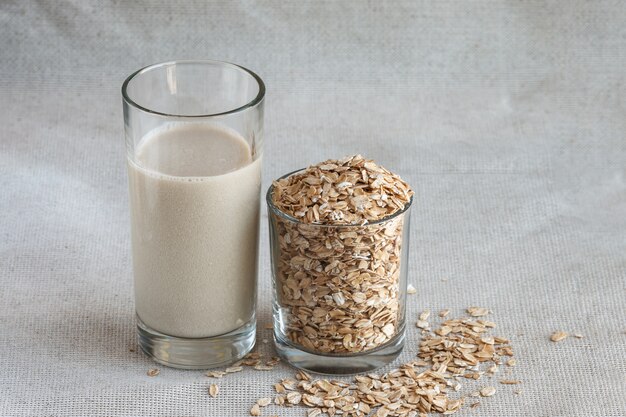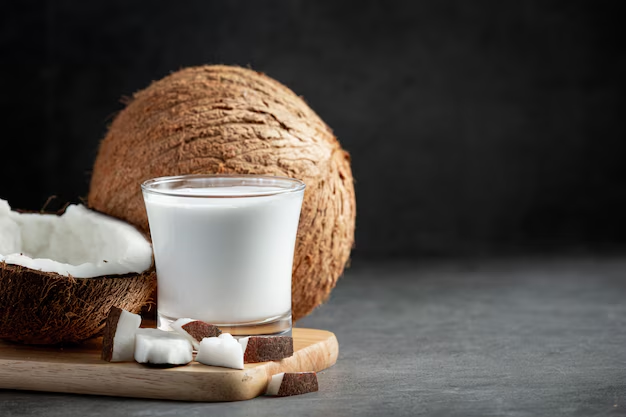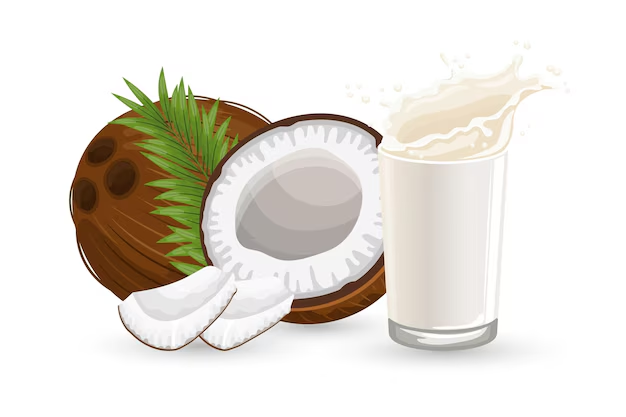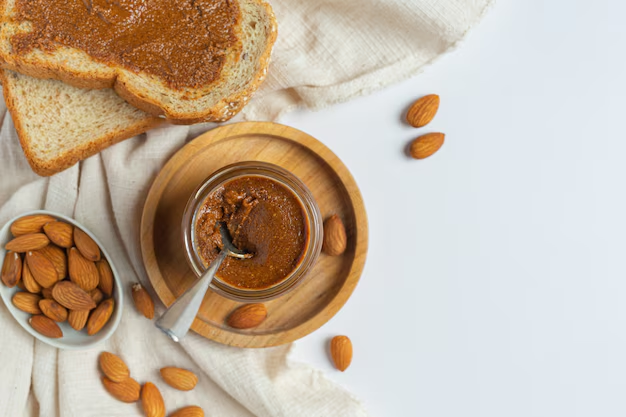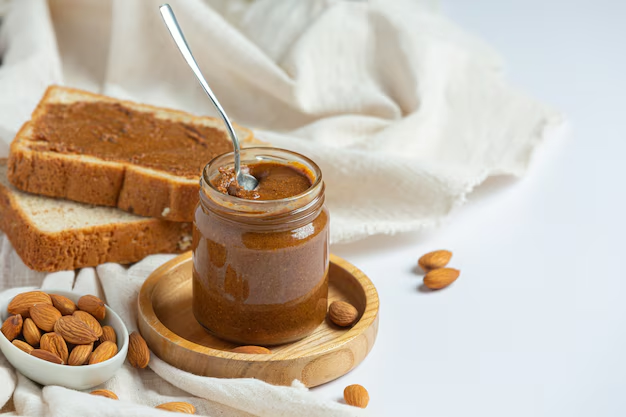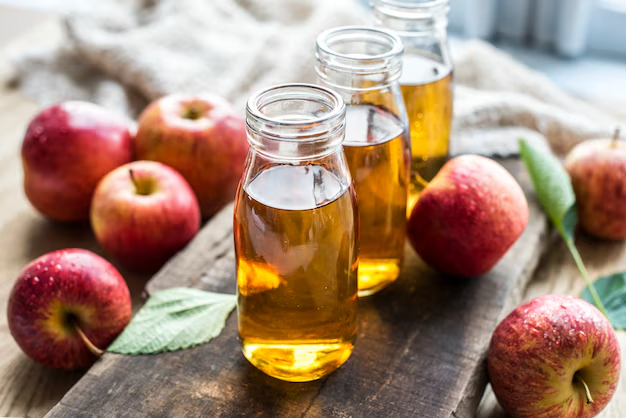Tapioca, derived from the root of the cassava plant, is a common ingredient in many U.S. diets. From the chewy pearls in bubble tea to the creamy base of puddings, tapioca has carved a niche in modern cuisine. But amidst its popularity, one question lingers: is tapioca healthy? Let’s explore its nutritional profile, benefits, and potential risks to determine its place in a balanced diet.
What Is Tapioca?
Tapioca is a starchy product extracted from the cassava root, a tropical plant native to South America. It has become a versatile staple in kitchens worldwide due to its neutral flavor and thickening properties.
Forms of Tapioca
- Pearls: Found in bubble tea and desserts, these small balls provide a chewy texture.
- Flour: Used as a gluten-free alternative in baking and cooking.
- Flakes: Primarily used in thickening soups and stews.
Common Uses in American Cuisine
Tapioca is widely utilized in:
- Desserts: Tapioca pudding and custards.
- Drinks: Bubble tea and smoothies.
- Baking: Gluten-free bread, cookies, and pie fillings.
Nutritional Profile of Tapioca
Tapioca is energy-dense, primarily consisting of carbohydrates, with minimal amounts of protein, fat, and fiber. Its simplicity makes it a popular choice for specific dietary needs.
Macronutrient Breakdown
- Calories: A 100-gram serving of dry tapioca pearls provides approximately 358 calories.
- Carbohydrates: It is predominantly carbohydrates, offering around 88 grams per 100 grams.
- Protein and Fat: Negligible amounts, making it low in these macronutrients.
Vitamins and Minerals
Tapioca contains trace amounts of:
- Iron: Supports oxygen transport in the blood.
- Calcium: Promotes bone health.
- B Vitamins: Aid energy metabolism, albeit in small quantities.
Comparison with Other Starches
- Rice: Higher in protein and fiber compared to tapioca.
- Potatoes: Provide more vitamins, such as Vitamin C, and minerals.
- Cornstarch: Similar in calorie content but lacks tapioca’s chewy texture.
Health Benefits of Tapioca
Despite its lack of significant nutrients, tapioca has some noteworthy health benefits, especially for specific populations and dietary requirements.
Gluten-Free Option
For individuals with celiac disease or gluten sensitivity, tapioca serves as a safe and versatile alternative to wheat-based products.
Low in Sodium and Cholesterol
Tapioca contains no sodium or cholesterol, making it a heart-friendly choice when consumed in moderation.
Potential Digestive Benefits
Resistant starch in tapioca may promote gut health by:
- Acting as food for beneficial gut bacteria.
- Improving digestion and preventing constipation.
Related to Read: Tapioca Starch vs Flour: What’s the Difference
Potential Health Risks and Considerations
While tapioca can be a valuable addition to some diets, it is not without its downsides. Overconsumption or improper preparation can pose risks.
High Carbohydrate Content
- Tapioca’s high carbohydrate load can lead to rapid blood sugar spikes.
- Individuals with diabetes or insulin resistance should consume it cautiously.
Lack of Nutritional Density
- Low protein, fiber, and other essential nutrients make tapioca a poor choice as a standalone staple.
- It is often paired with nutrient-dense foods to balance its shortcomings.
Risks of Improper Preparation
Cassava, the source of tapioca, contains natural toxins (cyanogenic glycosides). Improper preparation of raw cassava can lead to cyanide poisoning. However, commercially processed tapioca is generally safe.
Tapioca in Popular U.S. Dishes
Tapioca’s neutral flavor and unique texture make it a favorite ingredient in many U.S. cuisines. However, its health impact varies depending on the dish and preparation.

Tapioca Pudding
Tapioca pudding is a classic dessert made with tapioca pearls, milk, sugar, and flavorings like vanilla. It’s creamy, sweet, and satisfying.
- Nutritional Considerations: While it’s low in fat, tapioca pudding is high in sugar and carbohydrates. Adding fresh fruits or reducing sugar can make it a healthier option.
Bubble Tea (Boba)
Bubble tea, originating in Taiwan, has gained massive popularity in the U.S. The tapioca pearls (boba) provide a chewy texture, but they are calorie-dense.
- Health Implications: A single serving of bubble tea can contain over 300 calories, primarily from tapioca pearls and sweetened tea. Regular consumption may contribute to weight gain and elevated blood sugar levels.
Tapioca Flour in Gluten-Free Baking
Tapioca flour is a gluten-free alternative widely used in baking bread, cakes, and cookies.
- Benefits: It provides structure and elasticity to gluten-free recipes.
- Limitations: It lacks protein and fiber, so pairing it with nutrient-rich flours like almond or coconut flour is advisable.
Comparing Tapioca to Other Starches
Tapioca is often compared to other starches like potatoes, rice, and corn for its nutritional value and versatility.
Nutritional Comparison
- Tapioca vs. Potatoes: Potatoes contain more vitamins (e.g., Vitamin C) and fiber.
- Tapioca vs. Rice: Rice has a higher protein content, especially brown rice.
- Tapioca vs. Corn: Corn is richer in fiber, antioxidants, and essential nutrients.
Suitability for Dietary Needs
- Low in Allergens: Tapioca is suitable for those with gluten, nut, or grain allergies.
- Dietary Flexibility: While suitable for celiac patients, its high carb content limits its suitability for low-carb diets.
Incorporating Tapioca into a Balanced Diet
To maximize its benefits and minimize risks, it’s essential to consume tapioca wisely.
Tips for Moderation and Portion Control
- Serving Size: Limit servings to 1/4 to 1/2 cup per meal.
- Caloric Awareness: Be mindful of high-calorie additions like sugar in bubble tea or puddings.
Combining with Nutrient-Dense Foods
- Pair tapioca with:
- Proteins: Add eggs or lean meat.
- Vegetables: Incorporate fiber-rich vegetables in soups thickened with tapioca.
- Healthy Fats: Use coconut milk or nuts for added nutrition.
Considerations for Specific Health Conditions
- Diabetes: Monitor blood sugar levels closely due to tapioca’s high glycemic index.
- Heart Disease: Its low sodium and cholesterol content make it heart-friendly when consumed in moderation.
Frequently Asked Questions
Is Tapioca Good for Weight Loss?
Tapioca is calorie-dense and low in fiber, making it less ideal for weight loss. However, small portions paired with low-calorie foods can fit into a balanced diet.
Can Tapioca Cause Digestive Issues?
Commercially processed tapioca is generally safe. However, resistant starch in tapioca can cause bloating in sensitive individuals.
Is Tapioca Safe for Children and Pregnant Women?
Yes, tapioca is safe when cooked properly. Pregnant women and children should consume it as part of a balanced diet, avoiding raw cassava due to its natural toxins.
Conclusion
Tapioca is a versatile and gluten-free ingredient that can fit into various diets. While it offers benefits like being low in sodium and gluten-free, its high carbohydrate content and lack of essential nutrients require mindful consumption. Moderation and proper preparation are key to enjoying tapioca safely. For personalized dietary advice, consult with a healthcare professional.


